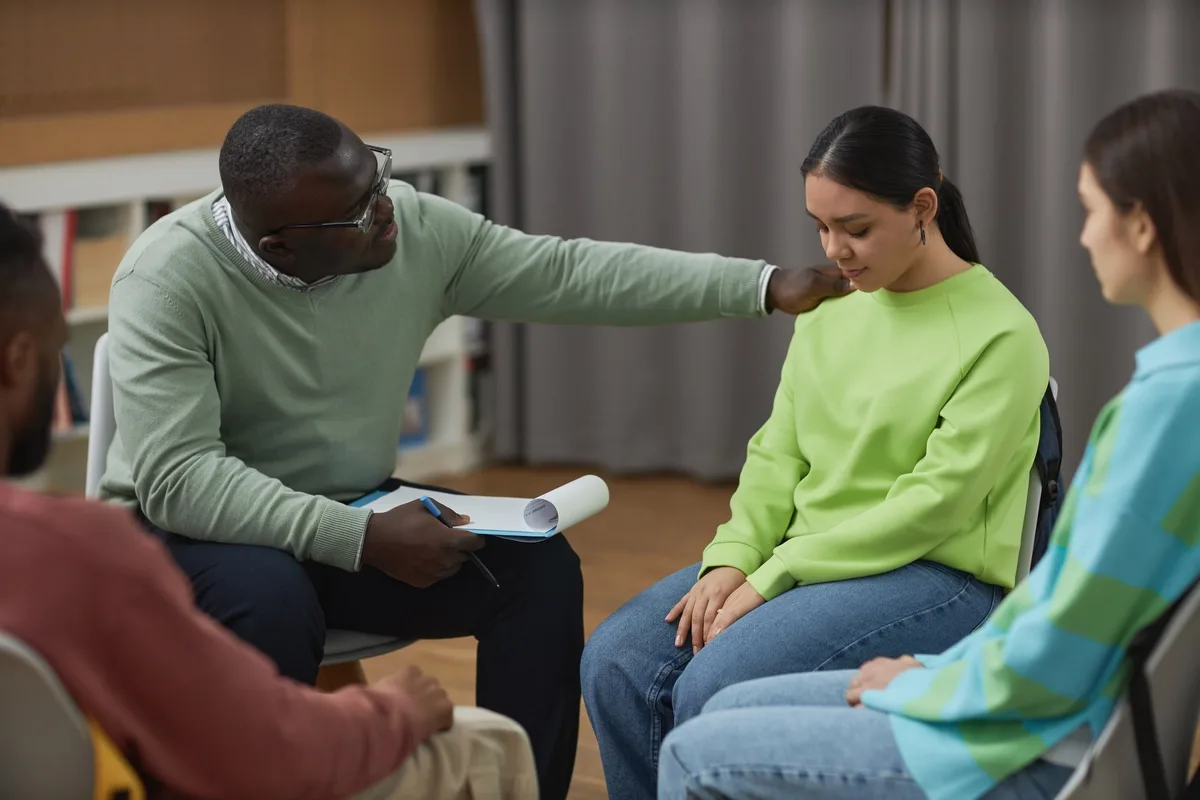24/7 Helpline:
(866) 899-221924/7 Helpline:
(866) 899-2219
Learn more about Stimulant Detox centers in Dysart
Stimulant Detox in Other Cities

Other Insurance Options

Evernorth

Ceridian

Self-pay options

Humana

Health Choice

Sliding scale payment assistance

Holman Group

Absolute Total Care

ComPsych

Meritain

BlueCross

GEHA

UnitedHealth Group

Optum

Multiplan

BHS | Behavioral Health Systems

Magellan

Amerigroup

CareFirst

AllWell
















